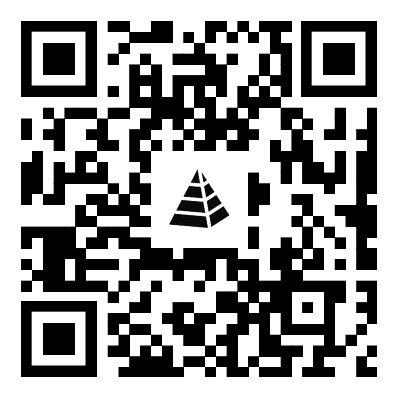Function of Floor Display
2024-07-04
Floor displays are marketing and promotional tools used in retail environments to showcase products and attract customer attention. These displays are designed to stand on the floor, providing a prominent and accessible way to present merchandise. Here are the primary functions and characteristics of floor displays:
### Functions of Floor Displays
1. **Product Promotion**:
- **Highlight New Products**: Introduce and promote new product launches, drawing customer attention to fresh offerings.
- **Special Offers and Discounts**: Feature products on sale, limited-time offers, or discounts, encouraging impulse purchases and increasing sales.
2. **Brand Awareness**:
- **Branding**: Enhance brand visibility by prominently displaying brand logos, colors, and messaging on the display.
- **Reinforce Brand Identity**: Strengthen brand identity through consistent branding elements and attractive design.
3. **Product Organization**:
- **Organized Presentation**: Provide an organized and attractive way to display products, making it easier for customers to find what they are looking for.
- **Maximize Space**: Efficiently utilize floor space to present a large volume of products in an organized manner.
4. **Customer Engagement**:
- **Interactive Elements**: Some floor displays include interactive features, such as touchscreens or product samples, to engage customers and enhance their shopping experience.
- **Informational Content**: Provide product information, usage instructions, or promotional messages, helping customers make informed purchasing decisions.
5. **Impulse Buying**:
- **Strategic Placement**: Positioned in high-traffic areas or near checkout counters to encourage impulse purchases and increase overall sales.
- **Eye-Catching Design**: Designed to capture customer attention with vibrant colors, attractive graphics, and appealing layouts.
6. **Seasonal and Thematic Displays**:
- **Seasonal Promotions**: Showcase seasonal products or holiday-themed merchandise, aligning with current trends and customer interests.
- **Thematic Campaigns**: Support thematic marketing campaigns, such as back-to-school, summer sales, or holiday promotions.
### Characteristics of Floor Displays
1. **Design and Construction**:
- **Material**: Made from various materials, including cardboard, plastic, metal, or wood, depending on the display's durability and aesthetic requirements.
- **Modularity**: Some floor displays are modular, allowing for easy assembly, disassembly, and customization to fit different product sizes and quantities.
2. **Customization**:
- **Custom Graphics and Branding**: Fully customizable with brand-specific graphics, logos, and colors to align with marketing objectives.
- **Adaptability**: Can be tailored to fit different store layouts and product types, ensuring a seamless integration into the retail environment.
3. **Durability**:
- **Sturdy Construction**: Built to withstand the rigors of a retail environment, including customer interactions and frequent restocking.
- **Long-Lasting**: Designed for long-term use, especially for displays promoting core products or brand identity.
4. **Versatility**:
- **Various Shapes and Sizes**: Available in multiple shapes and sizes to accommodate different product types and quantities.
- **Movable**: Some displays are equipped with wheels or are lightweight, making them easy to move and reposition within the store.
5. **Accessibility**:
- **Easy Access**: Products are displayed at an accessible height and angle, making it easy for customers to browse and select items.
- **Visibility**: Ensure high product visibility, attracting customer attention from various angles within the store.
### Applications of Floor Displays
1. **Retail Stores**:
- **Supermarkets and Grocery Stores**: Used to promote featured products, seasonal items, or special offers.
- **Department Stores**: Showcase a variety of products, from cosmetics and clothing to electronics and home goods.
2. **Specialty Shops**:
- **Pharmacies**: Display health and wellness products, over-the-counter medications, and promotional items.
- **Electronics Stores**: Feature new gadgets, accessories, and tech-related products.
3. **Convenience Stores**:
- **Impulse Items**: Position near checkout counters to promote snacks, beverages, and other impulse-buy items.
4. **Trade Shows and Exhibitions**:
- **Product Demonstrations**: Provide a platform for live product demonstrations and sampling.
- **Brand Showcases**: Highlight a brand's product range and latest innovations.
5. **Shopping Malls**:
- **Kiosks and Pop-Up Shops**: Serve as standalone displays in common areas to attract shoppers and promote products.
### Summary
Floor displays are essential marketing tools in retail environments, designed to promote products, enhance brand visibility, and drive sales. Their primary functions include highlighting new products, organizing merchandise, engaging customers, and encouraging impulse buying. Characterized by their customizable design, durability, versatility, and accessibility, floor displays are used across various retail settings, including supermarkets, department stores, specialty shops, convenience stores, trade shows, and shopping malls. By effectively utilizing floor displays, retailers can create attractive, organized, and engaging presentations that capture customer attention and boost sales.


